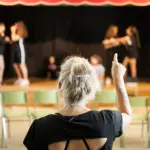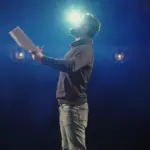Acting techniques play a crucial role in an actor’s ability to bring characters to life on stage and screen. From the classic method acting approach popularized by Stanislavski to the expressive and transformative techniques of Meisner and Strasberg, actors have a plethora of tools at their disposal to create compelling performances.
These methods, developed over time by legendary practitioners, serve as the foundation from which performers build their performances. Understanding and mastering these techniques allows them to tap into the emotional depth and nuance needed to captivate their audience.
We will explore some of these crucial techniques and how they have shaped the art of acting.
As we delve into the world of acting techniques, expect insights into the significance and application of each method. By the end of this article, you’ll be well-versed in the different approaches of popular acting techniques that actors use to create compelling, engaging, and memorable performances.
Unraveling the Mystery: 4 Types of Acting Techniques every actor should know
Acting techniques are essential tools that help performers create authentic, believable characters. This section highlights four popular acting techniques: Classical, Method Acting, Meisner Technique, and Practical Aesthetics Method.
Classical Acting technique
This acting style draws from ancient Greek and Roman traditions, emphasizing text analysis and character development. It focuses on vocal and physical techniques, such as diction, posture, and gesture. Some notable classical actors include Laurence Olivier and John Gielgud.
Method Acting
Method Acting, popularized by Lee Strasberg and the Actors Studio, stresses emotional authenticity. Actors immerse themselves in their characters’ lives, often using personal experiences to inform their portrayals. Actors like Marlon Brando and Robert De Niro have embraced this approach.
Meisner Technique
Developed by Sanford Meisner, the Meisner Technique fosters instinctive, spontaneous performances. Actors work through repetition exercises to discover truthful responses to various stimuli. The technique encourages actors to stay present, reacting naturally to their scene partners. Prominent practitioners include Robert Duvall and Diane Keaton.
Practical Aesthetics Method
Created by David Mamet and William H. Macy at the Atlantic Theater Company, the Practical Aesthetics Method emphasizes script analysis and objective-based, modern acting techniques. Actors break down scenes into manageable beats, focusing on their characters’ goals and overcoming obstacles. Notable alumni of this approach include Felicity Huffman and Clark Gregg.
Spotlight on Classical Acting
Classical acting, a significant foundation in theatre, continues to inspire and challenge performers worldwide.
Originating in ancient Greece, this acting technique primarily focuses on the actor’s ability to portray strong emotions and dynamic characters. Rooted in the study of poets and playwrights such as Aristotle and Shakespeare, the principles involve deep character analysis, emphasis on language, and a focus on physicality.
Notable examples of classical techniques being employed include works from eminent playwrights, such as the tragedies of Sophocles and Shakespearean performances. Some iconic roles include characters like Hamlet, Othello, and King Lear.
Famous Performers include:
- Laurence Olivier: Often regarded as the greatest classical actor of the 20th century, he was a master at interpreting Shakespearean roles.
- Judi Dench: An accomplished actress, she has a thorough understanding of classical acting and skillfully brings characters to life.
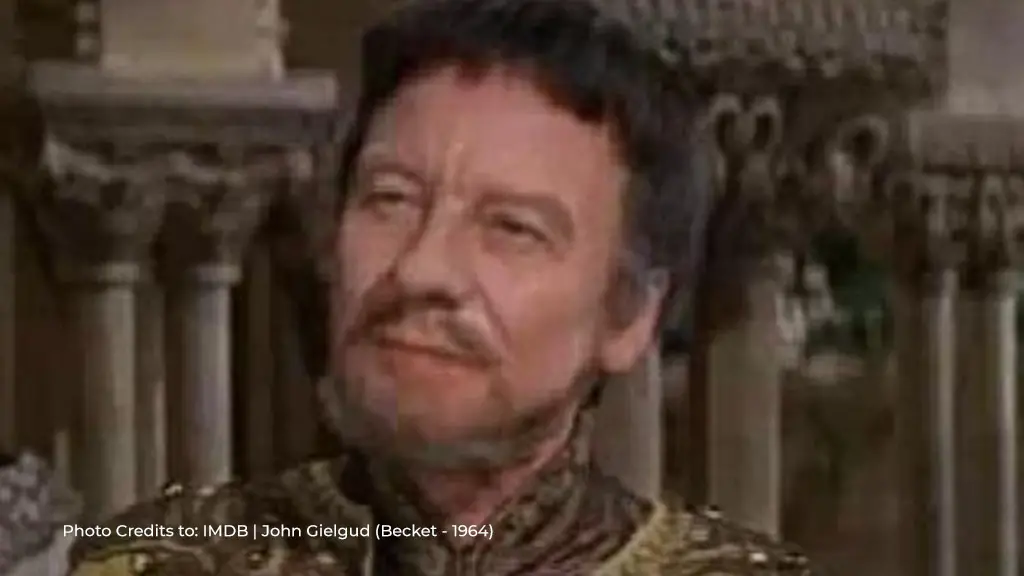
- John Gielgud: Known for his exceptional diction, Gielgud was considered the finest classical actor of his generation.
Delving into Stanislavsky’s System
The Stanislavski technique, pioneered by Konstantin Stanislavsky, revolutionized acting with a more realistic and natural approach.
At the core of Stanislavsky’s method is the idea that actors should fully inhabit their characters. This means stepping into the character’s shoes and experiencing their emotions, thoughts, and motivations, essentially living your character’s life. This process, called Emotional Identification, leads to a more realistic performance.
Emotional memory and sense memory
Emotional memory plays a significant role in conveying authentic emotions on stage. Actors tap into their personal memories to invoke the character’s emotions. Sense memory, on the other hand, involves recalling sensory experiences to intensify a performance.
- Emotional memory helps actors access their own emotional experiences to display genuine emotions.
- Sense memory trains actors to use their senses, such as sight, smell, taste, or touch, to make their performances more vivid and engaging.
Integrating these elements with a deep understanding of the character’s journey allows actors to deliver captivating performances that resonate with audiences.
The Meisner Technique: A Deep Dive
The Meisner Technique, developed by renowned acting teacher Sanford Meisner, focuses on helping actors achieve emotional truthfulness in their performances. With its roots in the teachings of Stanislavski and the Group Theatre, this technique has grown into a popular method for actors seeking an organic and authentic approach to their craft.
The core principle of the Meisner Technique revolves around “living truthfully under imaginary circumstances.” Actors are trained to respond intuitively to their scene partners, allowing for genuine emotional exchange.
The technique emphasizes a strong connection between actors – listening and reacting honestly to the partner’s choices instead of worrying about the same line or predefined character objectives.
Meisner’s practice is built upon the following:
- Repetition exercises: Actors repeat lines of dialogue while focusing on their partner’s reactions, fostering an organic connection and responsiveness.
- Independent activities: Actors engage in tasks requiring concentration and effort while staying in the moment and reacting truthfully to any given circumstance.
Where to Study Meisner’s Techniques Today
Many acting schools offer training in the Meisner Technique, including the Neighborhood Playhouse, which was founded by Sanford Meisner himself in New York City. Other institutions, such as the prestigious William Esper Studio, Playhouse West, and Maggie Flanigan Studio, are also known for their Meisner programs.
Apart from traditional acting schools, aspiring actors can explore online classes, workshops, and seminars. Whether being drawn to Meisner’s approach for a richer understanding of their craft or seeking specific improvements in their acting abilities, actors have ample opportunities to study this revolutionary technique.
Method Acting: The Ultimate Transformation
Method acting, often regarded as the pinnacle of acting techniques, enables actors to immerse themselves in their characters deeply. Developed by Constantine Stanislavski and later evolved by Lee Strasberg, this transformative approach has been utilized by numerous Hollywood stars to deliver unforgettable performances.
Many acclaimed actors have embraced method acting to portray diverse, complex characters. A few notable examples include Robert De Niro in “Raging Bull,” Marlon Brando in “On the Waterfront,” and Heath Ledger in “The Dark Knight.” By fully internalizing their roles through great acting, these artists have inspired generations of actors to follow in their footsteps.
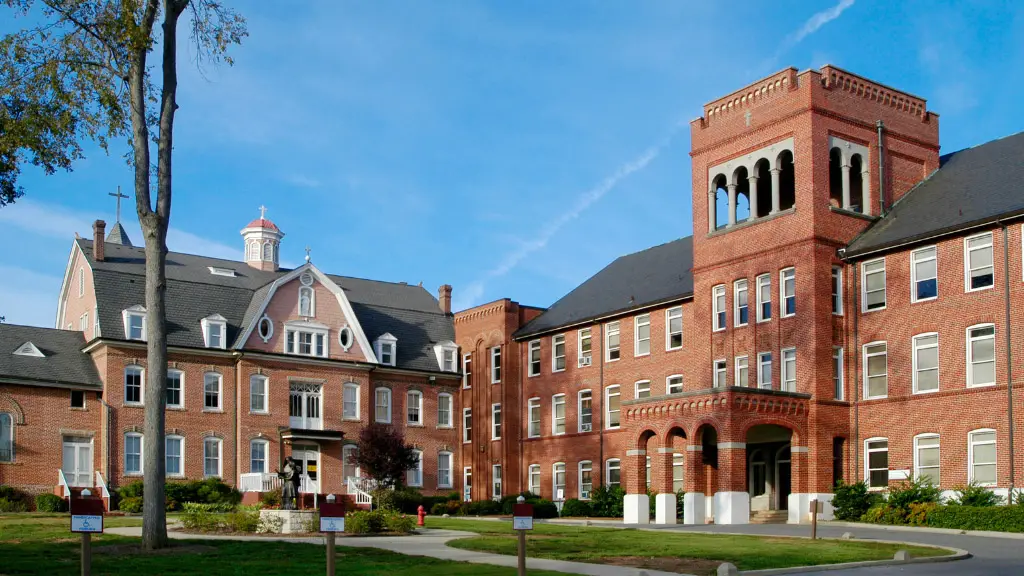
Where to Study Method Acting Today
Aspiring method actors have a variety of renowned institutions to choose from when seeking to master this powerful technique. Here are three esteemed schools offering method acting courses:
- The Lee Strasberg Theatre & Film Institute: Building upon Stanislavski’s work, Strasberg’s institute continues to teach his famous method.
- The Actors Studio: Established in 1947, this esteemed studio has trained numerous successful method actors and fosters a community of artists.
- The Stanislavski Centre: Located in England, this institution provides workshops and classes focusing on the teachings of Stanislavski and his contemporaries.
Enrolling in just one style of these schools is a decisive first step for actors seeking to unlock their full potential through method acting.
The Chekhov Acting Technique: Unleashing Your Inner Creativity
The Chekhov technique is rooted in the belief that actors should tap into their inner emotional world to embody their characters fully. Developed by Russian actor and director Michael Chekhov, this technique encourages the actor to explore creativity through a multidimensional approach, including physicality, imagination, and psychology.
With its unique blend of exercises and principles, the Chekhov Technique has become a valuable tool for actors worldwide.
At the heart of the Chekhov Technique lies a set of guiding principles known as the “Four Brothers”: Ease, Beauty, Form, and a Sense of the Whole. These principles are a foundation for a series of exercises designed to help actors develop physical dexterity, emotional range, and an imaginative connection to their characters.
Some key exercises include:
- Psychological Gesture: A physical movement representing the character’s inner motivation and emotions.
- Imaginary Body: Creating a detailed and vivid “second skin” allows the actor to enter the character’s shoes.
- Creative Individuality: Awakening the actor’s unique creative spirit to enhance their performance.
How it Differs from Other Acting Techniques
While the Chekhov Acting Technique shares similarities with other approaches, it stands out due to its strong emphasis on creativity and imagination. Unlike Method Acting, which focuses on drawing from personal emotions and experiences, the Chekhov Technique encourages actors to tap into a more universal, intuitive understanding of human emotions.
By utilizing an imaginative approach, actors can more easily access their characters’ emotional lives without relying solely on their own past experiences. In addition, the Chekhov Technique’s focus on physicality and movement is a notable departure from more cerebral, text-based approaches like the Stanislavski method.
Through psychological gestures and the imaginary body, actors can connect more deeply with their characters, bridging the gap between inner emotions and outer expressions with other actors.
The Stella Adler Approach: Bringing Characters to Life
Stella Adler’s revolutionary approach to acting has influenced countless performers, transforming how they perceive and portray their characters. This methodology encourages actors to delve deeply into the text, create fully realized characters, and ground their performances in everyday life.
Principles and Techniques include:
- Emotional Recall: Drawing upon personal experiences to portray authentic emotions.
- Actions and Objectives: Identifying the characters’ intentions and breaking down scenes into manageable beats.
- Imagination: Fully immersing oneself in the fictional world of the play or script.
These techniques require diligent practice and a profound understanding of human behavior, enabling actors to bring their characters to life with nuance and depth.
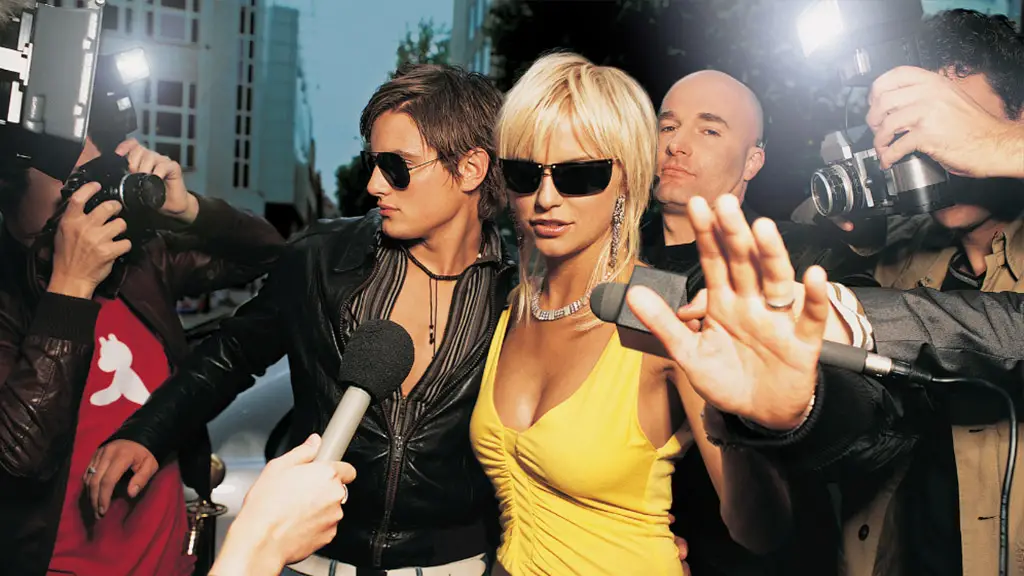
Famous Actors Trained in the Stella Adler Method
Many renowned actors have studied and honed their craft under Stella Adler’s guidance, including:
- Marlon Brando
- Robert De Niro
- Warren Beatty
- Diane Keaton
- Mark Ruffalo
This excellent lineup of talented performers attests to the lasting impact of Adler’s acting work and teachings on the acting world.
Where to Study Stella Adler’s Techniques Today
The Stella Adler Studio of Acting, located in New York City, continues to preserve and teach Adler’s groundbreaking techniques to aspiring actors, ensuring her legacy endures for generations to come.
Additional institutions offering training in the Adler method include the Art of Acting Studio in Los Angeles and various workshops or masterclasses held worldwide.
The Voice of the Stage: The Linklater Voice Method
The Importance of Vocal Training
Vocal training is essential for actors, as it enables them to project their voices effectively and convey emotions with clarity. The Linklater Voice Method, developed by renowned vocal coach Kristin Linklater, focuses on freeing the natural voice, allowing actors to tap into the full range of their vocal potential. This acting method plays a crucial role in fostering a powerful stage presence.
The Linklater Voice Method incorporates various techniques to enhance an actor’s stage presence.
One of the key approaches is breath control, which helps sustain vocal energy and quality, even in challenging roles. Additionally, the resonance technique enables actors to produce a rich, vibrant sound capable of filling a theater.
The Linklater voice acting technique also teaches vocal flexibility, which empowers actors to shift tone, pitch, and volume seamlessly to portray different characters easily.
Furthermore, the articulation technique ensures that actors deliver lines precisely and clearly, allowing the audience to grasp their meaning and emotional nuance.
- Breath control: Enables sustaining vocal energy and quality
- Resonance: Produces a rich, vibrant sound
- Vocal flexibility: Allows changes in tone, pitch, and volume
- Articulation: Ensures precision and clarity in line delivery
Conclusion
After exploring various acting methods and techniques, it is evident that each approach offers unique benefits and challenges for actors. Finding the methods that resonate with your individual style allows you to tap into your creativity and refine your skills.
Actors must remain open-minded, willing to experiment with different techniques, and committed to continuous growth. Working with acting coaches, attending workshops, and participating in acting exercises can provide most actors invaluable support when exploring these methods.
In theater and cinema, versatility is an asset; therefore, employing various acting styles and techniques to navigate distinct roles and situations ultimately leads to stronger, more captivating performances.
With dedication, adaptability, and the desire to push boundaries, actors can forge their paths to success.
Frequently Asked Questions
How do I find the acting technique that’s right for me?
To discover the acting technique suited to one actor’s range and unique style:
- Research various techniques by reading books, watching interviews with fellow actors, and attending workshops.
- Experiment with these techniques during performances or in acting classes.
- Observe which approach feels most authentic and effective for conveying emotions and embodying characters.
What are the key differences between classical and method acting?
Classical acting focuses on precision, physicality, and strong vocal technique. Actors adhering to this style prioritize text interpretation and structure, often paying close attention to playwrights’ intentions.
Method acting, on the other hand, emphasizes internal emotions and personal experiences to portray a character’s world authentically. This approach typically requires actors to deeply immerse themselves in their roles.
Are there any online resources or classes for learning specific acting techniques?
Indeed, there are numerous online resources available for learning acting techniques, such as:
- MasterClass – Offers lessons from renowned actors like Helen Mirren, Samuel L. Jackson, and Natalie Portman.
- Acting Studio Chicago – Provides a range of online classes, including monologues, scene study, and audition techniques.
- Backstage – Features articles, interviews, and resources to assist actors in their craft and career development.

